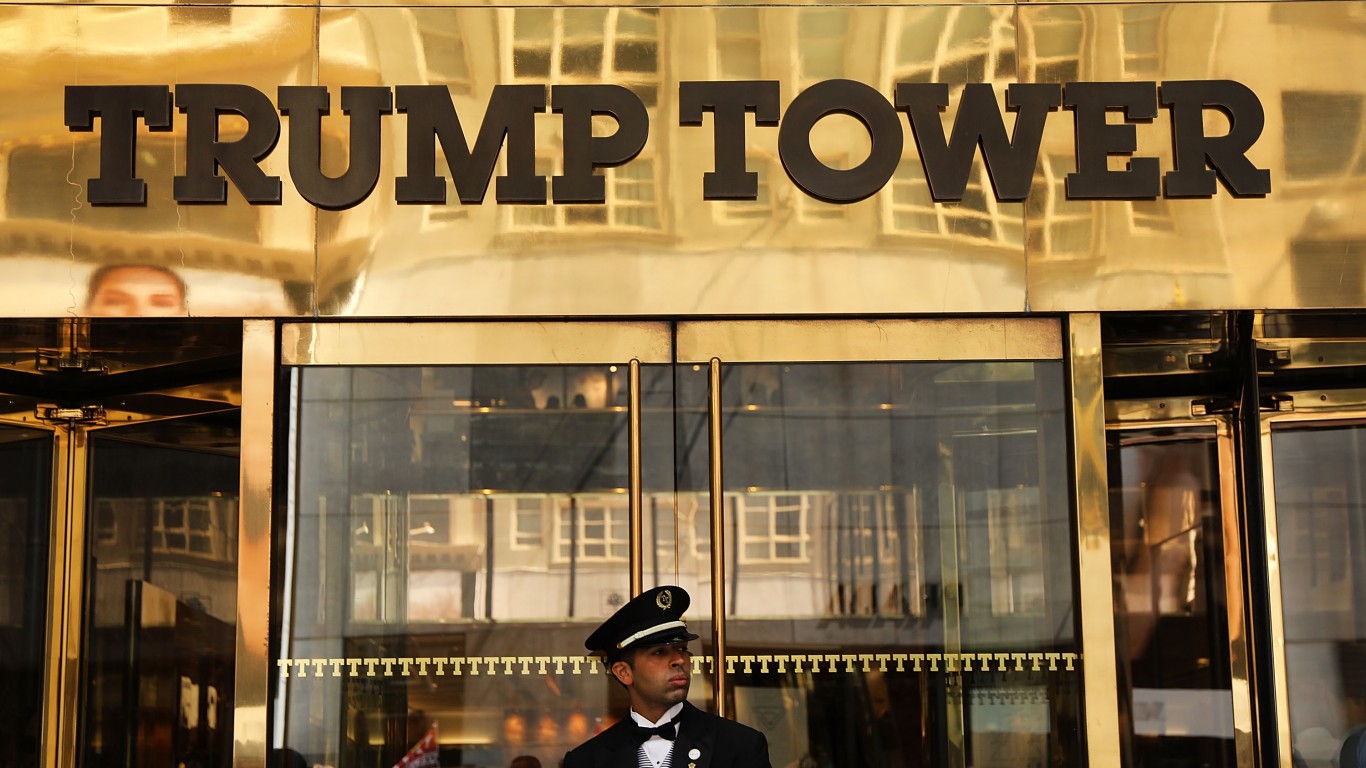
Shortly after the outbreak of COVID-19, the Census Bureau launched the Household Pulse Survey, a vast initiative to measure the effects of the crisis on Americans. The bureau has released weekly results in three phases. The first began on April 23, 2020, and ended July 21, 2020. The second and third phases followed, with the current phase, 3.1, released on May 5.
[in-text-ad]
The Household Pulse Survey was created by an effort across several government agencies. These include the Bureau of Labor Statistics, the Bureau of Transportation Statistics, the Centers for Disease Control and Prevention, the Department of Defense, the Department of Housing and Urban Development, the Maternal and Child Health Bureau, the National Center for Education Statistics, the National Center for Health Statistics, the National Institute for Occupational Safety and Health, the Social Security Administration, and the USDA Economic Research Service.
Among the questions asked is whether people face an expected loss in employment income. The question is framed to measure the “Percentage of adults who expect someone in their household to have a loss in employment income in the next 4 weeks.”
The U.S. average in the most recently released survey is 14.8%. The state with the highest number of people who expect a loss of income is Nevada, at 23.6%. While the study’s authors do not link these numbers to unemployment, Nevada has among the highest rates of all states at 8.1%, according to the Bureau of Labor Statistics jobs study for March.
The state with the lowest percentage of people who expect a drop in income is South Dakota at 5.3%. It has among the lowest state unemployment rates at 2.8%.
The city with the highest figure for people who expect to lose income is Houston at 26.1%. Boston’s 10.7% is the lowest figure among cities.
Click here to see the best and worst states to live in.
Are You Ahead, or Behind on Retirement? (sponsor)
If you’re one of the over 4 Million Americans set to retire this year, you may want to pay attention.
Finding a financial advisor who puts your interest first can be the difference between a rich retirement and barely getting by, and today it’s easier than ever. SmartAsset’s free tool matches you with up to three fiduciary financial advisors that serve your area in minutes. Each advisor has been carefully vetted, and must act in your best interests. Start your search now.
Don’t waste another minute; get started right here and help your retirement dreams become a retirement reality.
Thank you for reading! Have some feedback for us?
Contact the 24/7 Wall St. editorial team.



